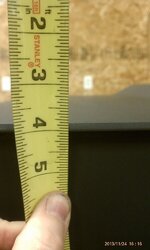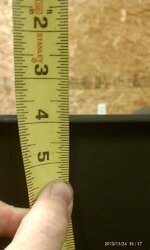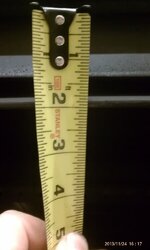Shmudda
Burning Hunk
The heating chambers of the stove? Does this mean the inside panels? So it isn't 1/4 inch steel there?
The heating chambers inside the stove is only gauge thickness, most likely 1/16 or 3/32" thick or so. All it's moving is heated air so you don't need much.
Craig





